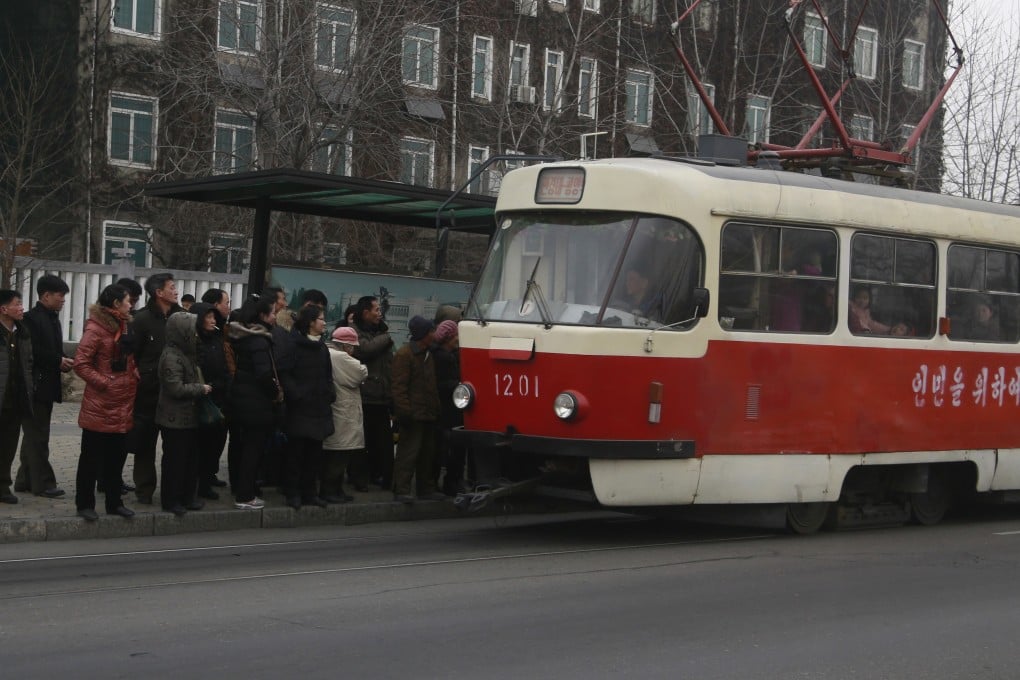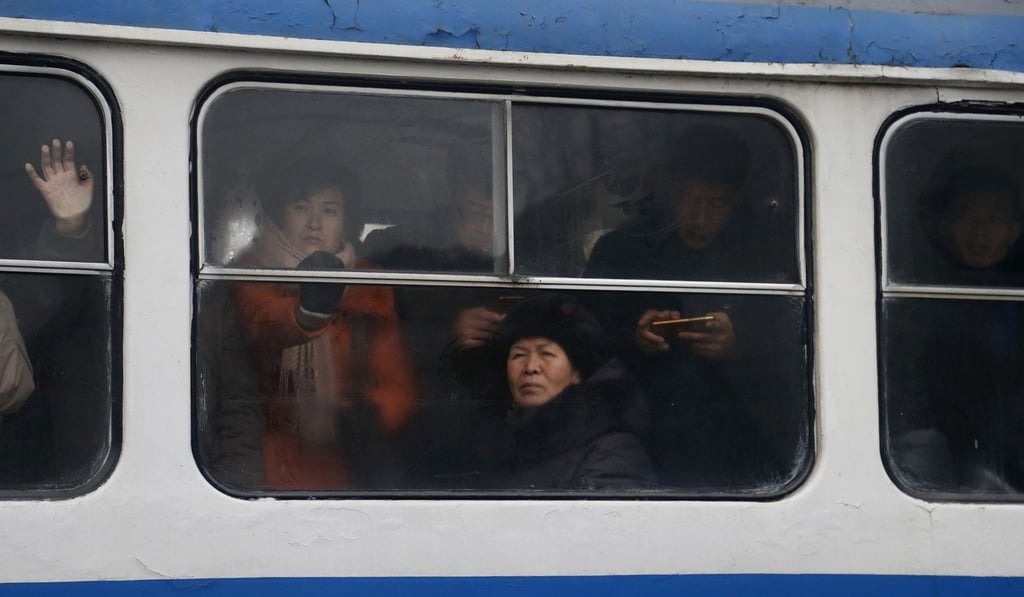Advertisement
Pyongyang upgrades its overcrowded public transport system as Kim Jong-un strives to show he’s raising standards of living
- The new hi-tech train cars and trolleybuses were announced by the media with photos of Kim personally conducting the final inspection tours
- While modest, the upgrades are a welcome change for the capital’s roughly 3 million residents, who have few options to get to work or school
Reading Time:3 minutes
Why you can trust SCMP

Pyongyang is upgrading its overcrowded mass transit system with new hi-tech train carriages, trams and buses in a campaign meant to show that leader Kim Jong-un is raising the country’s standard of living.
The long-overdue improvements, while still modest, are a welcome change for the North Korean capital’s roughly 3 million residents, who have few options to get to work or school each day.
First came new, hi-tech train cars and trolleybuses – each announced by the media with photos of Kim personally conducting the final inspection tours.
Advertisement
Now, officials say three new electric trams are running daily routes across Pyongyang.

Advertisement
Transport officials say the capacity of the new trams is about 300, sitting and standing.
Advertisement
Select Voice
Choose your listening speed
Get through articles 2x faster
1.25x
250 WPM
Slow
Average
Fast
1.25x